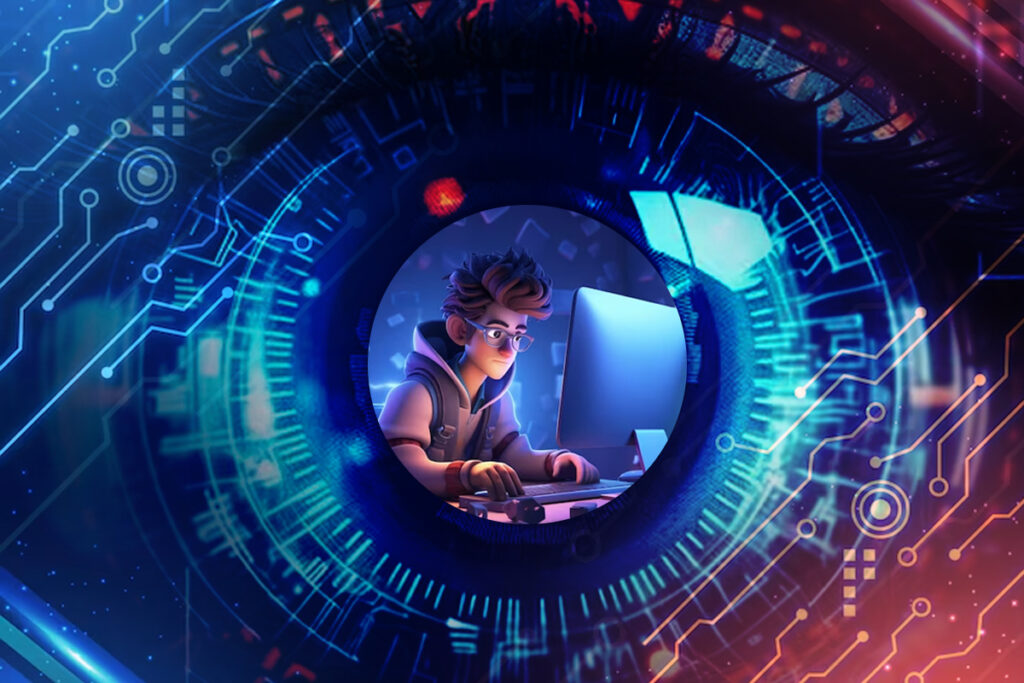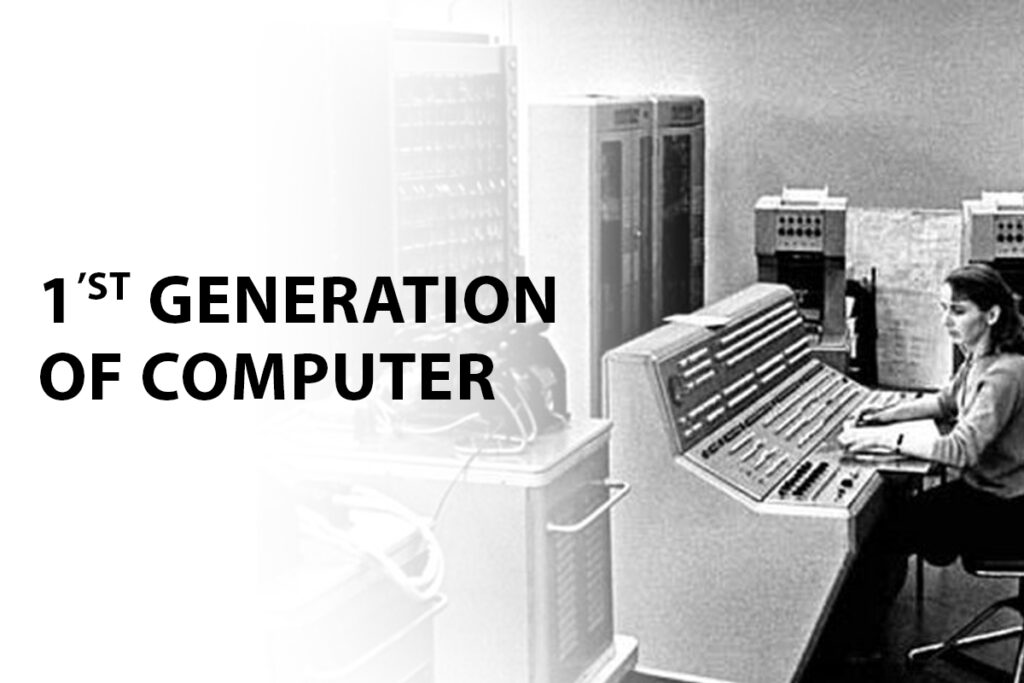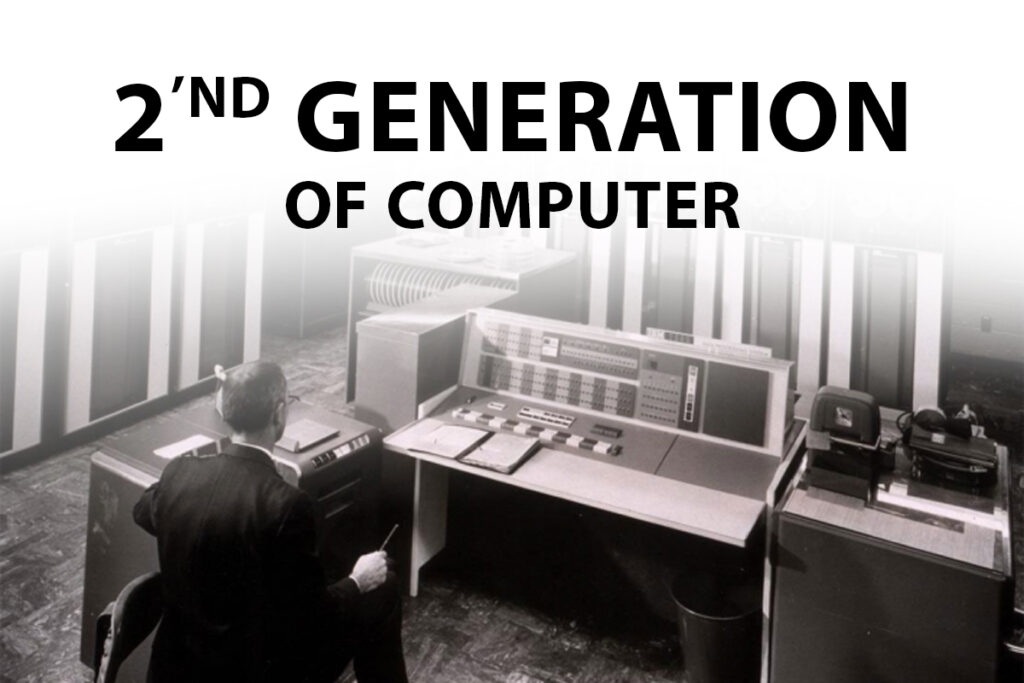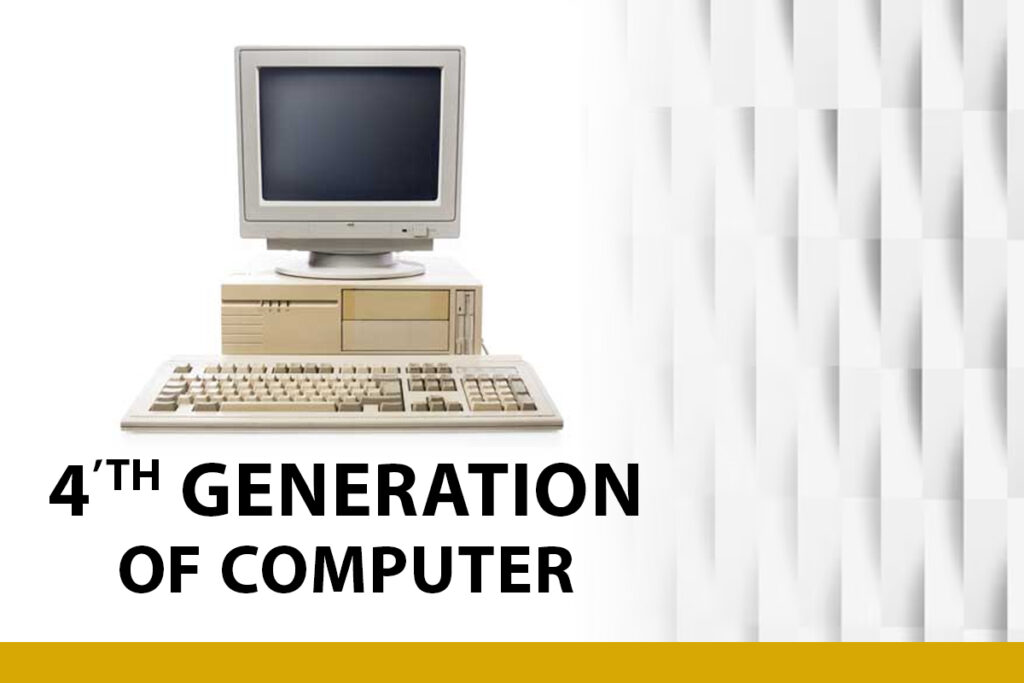C= Commonly
O= Operated
M=Machine
P=Particularily
U=Used for
T=Technology
E=Education
R=Research
The computer is such a thing that only the computer works around d this immobility. Nothing happens without a computer. The Computer plays a very important role in our lives.
Computer Fundamentals:

Introduction:
The word “Computer” means “to calculate” we all are familiar with calculation in our daily lives. We apply mathematical operations like additions like addition, multiplication, etc., and many other formulae for calculations. Very easily we can Simpler calculations take less time but complex calculations take much longer time. Another factor is accuracy in calculations.
So man explored the idea of developing a machine that can perform this type of arithmetic calculation faster and fully accurately. This gave birth to a device or machine called the “Computer”.
What is a Computer?
The computer is an electronic device capable of solving problems and manipulating data. It accepts data by doing some mathematical and logical operations and gives us the desired output.
The computer can store, process, and retrieve data as needed.

Characteristics of computer:
- Speed: The computer can perform a job very fast. It takes only a few seconds for calculations that we take hours to complete. It can perform millions(1,000,000) of instructions and even more per second. Therefore, we determine the speed of a computer in terms of microseconds (10-6 part of a second) or nanoseconds (10-9 part of a second).
- Accuracy: The degree of accuracy of the computer is very high and every calculation is performed with the same accuracy. The accuracy level is determined based on designing of the computer. The errors in the computer are mainly due to inaccurate data input by the user.
- Memory: The computer can store and recall any amount of information because of its secondary storage capability. The computer has an in-built memory where it can store a large amount of data. You can also data in secondary storage devices such as hard disks, floppies, CD ROMs, etc. Which can be kept outside your computer and can be carried to other computers.
- Diligence: A computer is free from tiredness, lack of concentration, fatigue, etc. It can work for hours without creating any errors.
- Versatility: It means the capacity to perform completely different types of work. You may use your computer to solve the mathematical calculation. Next moment you may use it for the preparation of electric bills.
- Automatic: A computer can perform a job without any human intervention.
Environmental Limitation:
- Fixed temperature range.
- Dust-free atmosphere.
- Steady and non-fluctuating power.
History of computers:
The history of computers could be traced to be efforts of man in earlier times. We will briefly discuss some of the remarkable inventions in the field of computing devices. One of the first known computing devices namely the “Arithmatique” was invented by Frenchman Blaise Pascal in the 1640s where it used interlocking gears that represented the number 0 to 9.
In the later years, Gottfried von Leibniz, a German mathematician, refined Pascal’s design and created a calculating device that could perform all four basic arithmetic operations.
In the early 1800s, the English inventor charities Babbage prepared plans for an automatic mechanical calculator. Despite 10 years of work, Babbage could not build a fully operational model of either device. 1854 George Pehr Sehuetz built a working model of the different engines and Babbagel’s theories were later used by engineers when constructing the first computer.
Evolution of the computer:
We all know that the evolution of computers started in the 16th century and resulted in the form that we see today. So, computer evolution means the generation of computers took place and can be divided into five generations.
1st Generation(1942-1955):
The 1st generation of computers was marked by the use of vacuum tubes and wire circuitry for the electronic components. Examples are ENIAC, EDVAC, UNIVAC 1, etc.
Key Characteristics:

- Bulky in size.
- Power consumption was very high.
- Produce large space for installation.
- Highly unreliable.
- They had no operation system.
- Programming capability was quite low.
- Limited commercial production and use.
2‘nd Generation(1955-1964):
2nd generation of computer Around 1955 a device called transistor replaced the bulky electronic tubes used in the 1st Generation computer.
Key Characteristics:

- Relative faster than the 1st Generation computer.
- Smaller than the 1st Generation computers.
- Generate a lower level of heat.
- More reliable.
- Higher capacity of internal storage.
- Commercial production and use are still difficult.
3rd Generation(1964-1975):
The 3rd Generation computer was introduced in 1964. They used Integrated Circuits(ICs). These ICs are properly known as chips. A signal IC has many transistors and capacitors built on a signal-thin slice of silicon. The size of the previous computer So it is quite obvious that the size of the computer got further reduced.
Key Characteristics:

- Used tiny ICs.
- Relatively very small in size.
- Made use of Operating System.
- High processing speed.
- More reliable.
- Faster than the 2nd Generation computers.
- Large memory.
- Low cost.
4th Generation(1975-now):
To avoid all those limitations, the 4th generation computer has been invented. let’s go now the present-day computers that you see today are the 4th Generation computers that started around 1975. It uses Integrated Circuits(ICs) built on single silicon microprocessors.
Due to the development of microprocessors, it is possible to place computers’s Central Processing Unit(CPU). These computers are called microcomputers. A very important part of 4th generation of computers like this Later Very Large Scale Integrated Circuits(VLSIC) replaced LSICs.
Thus the computer, which was occupying a very large room in earlier days, can now be placed in a table.
Key Characteristics:

- The processing speed is very high.
- Small, affordable, reliable, and easy to use.
- Easier to upgrade.
- Easier to produce commercially.
- Rapid software development was possible.
5th Generation(now-future):
Computers, which can think and make decisions like human beings have been characterized as the fifth generation of computers. This part Apart from this, they can perform parallel processing.
Key Characteristics:

- Microprocessor speeds increase via further simplifying electrical paths.
- New materials to decrease component size and power use.
- Thousands of processors in a computer work at the same time.
This is small information about the computer. I hope learned something from this post. Please share this post with your family, and friends to learn something. Thank u so much.
